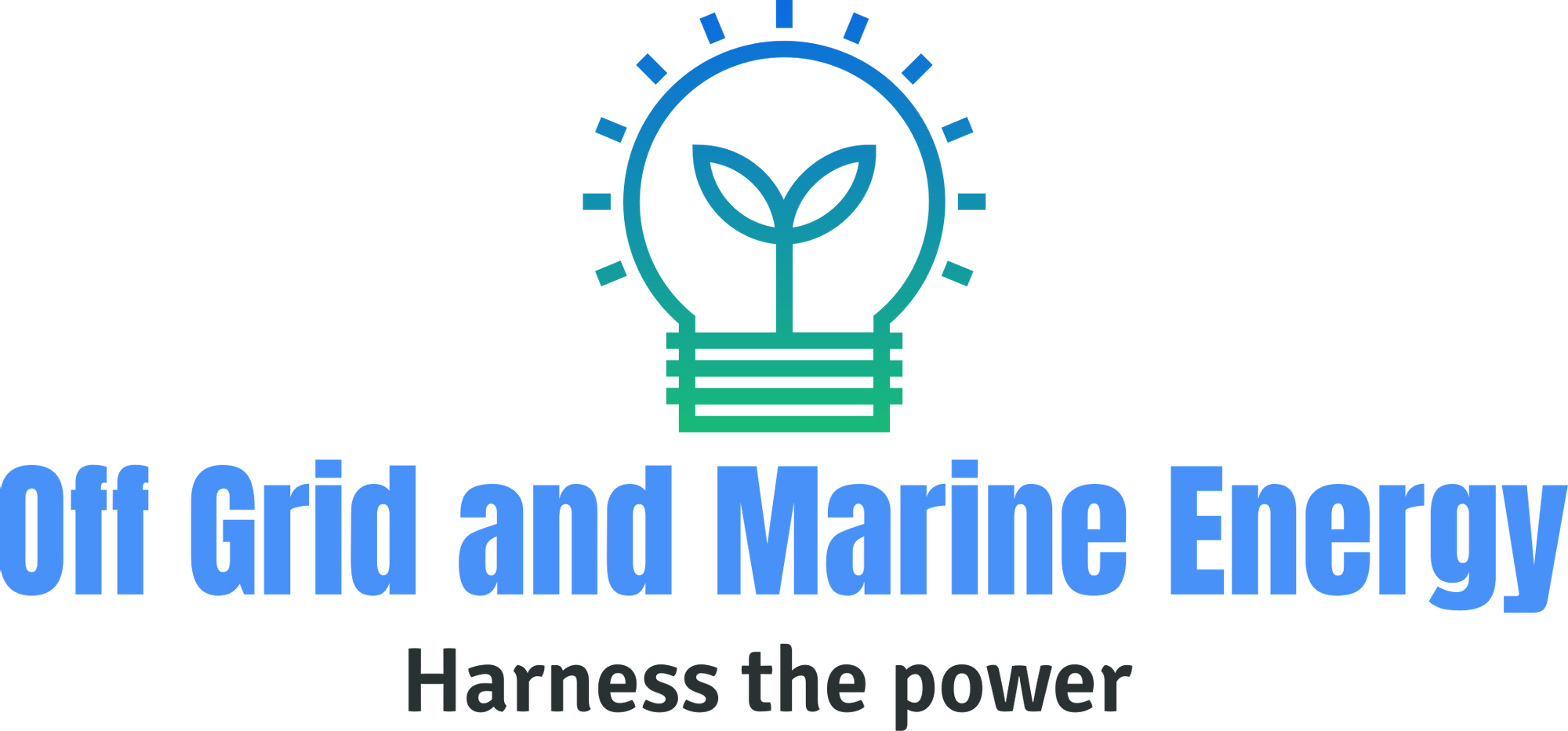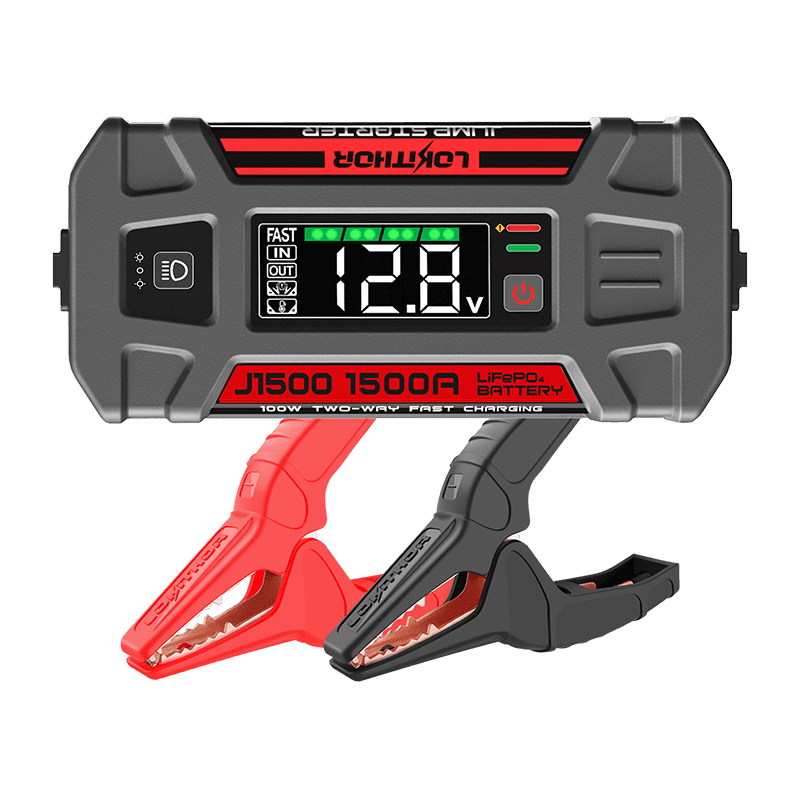Does anyone know of a German made BMS system? Talking with an engineer at a particular battery company he told me that they stopped working with all the China made BMS systems and have switched to a German made BMS that has been flawless. Unfortunately, he would not give me any other information about the company or the configuration they are using on those BMS.
I'm looking for a 12v - 4s 200-250 amp BMS for cranking Yamaha 300 hp outboard.
I'm also looking for a 36v - 12s 60-80 amp BMS for the trolling motor battery.
I'm using a Power-Pole Charge onboard battery charging system. It's smart charger that moves current between batteries on the run and at rest and can be adjust to give priority to either the house cranking battery or the trolling motor battery.
I currenty have DALY BMS on each battery bank and have had a good amount of issues. I want to replace them and was planning to go JBD or JK. I've used JBD on other 48v builds and have not had an issue to date. The primary issue that I'm having right now is fairly well known and has been resolved from a few of the battery manufacturers, but I have not been able to resolve it on my own with the DALY units.
The issue: The alternator from the Yamaha is supposed to stop sending current to the batteries when they are full. However, as soon as the battery hits 100% SOC the BMS disconnects charge input, voltage spikes as the current from the alternator has nowhere to go and the motor shuts off to protect itself. Is there a way to more gracefully disconnect the BMS so that the motor has more time (a few seconds) to react and stop sending current from the alternator?
I've read up some about adding a Balmar regulator along with a alternator protection module. However, adding additional aftermarket parts is not ideal and other battery manufacturers have clearly resolved this issue through the BMS alone. Any information from someone knowledgable about the situation would be greatly appreciated. I think ultimately I'm still going to replace these DALY BMS with a higher quality component.
Thanks,
Josh B.
I'm looking for a 12v - 4s 200-250 amp BMS for cranking Yamaha 300 hp outboard.
I'm also looking for a 36v - 12s 60-80 amp BMS for the trolling motor battery.
I'm using a Power-Pole Charge onboard battery charging system. It's smart charger that moves current between batteries on the run and at rest and can be adjust to give priority to either the house cranking battery or the trolling motor battery.
I currenty have DALY BMS on each battery bank and have had a good amount of issues. I want to replace them and was planning to go JBD or JK. I've used JBD on other 48v builds and have not had an issue to date. The primary issue that I'm having right now is fairly well known and has been resolved from a few of the battery manufacturers, but I have not been able to resolve it on my own with the DALY units.
The issue: The alternator from the Yamaha is supposed to stop sending current to the batteries when they are full. However, as soon as the battery hits 100% SOC the BMS disconnects charge input, voltage spikes as the current from the alternator has nowhere to go and the motor shuts off to protect itself. Is there a way to more gracefully disconnect the BMS so that the motor has more time (a few seconds) to react and stop sending current from the alternator?
I've read up some about adding a Balmar regulator along with a alternator protection module. However, adding additional aftermarket parts is not ideal and other battery manufacturers have clearly resolved this issue through the BMS alone. Any information from someone knowledgable about the situation would be greatly appreciated. I think ultimately I'm still going to replace these DALY BMS with a higher quality component.
Thanks,
Josh B.









